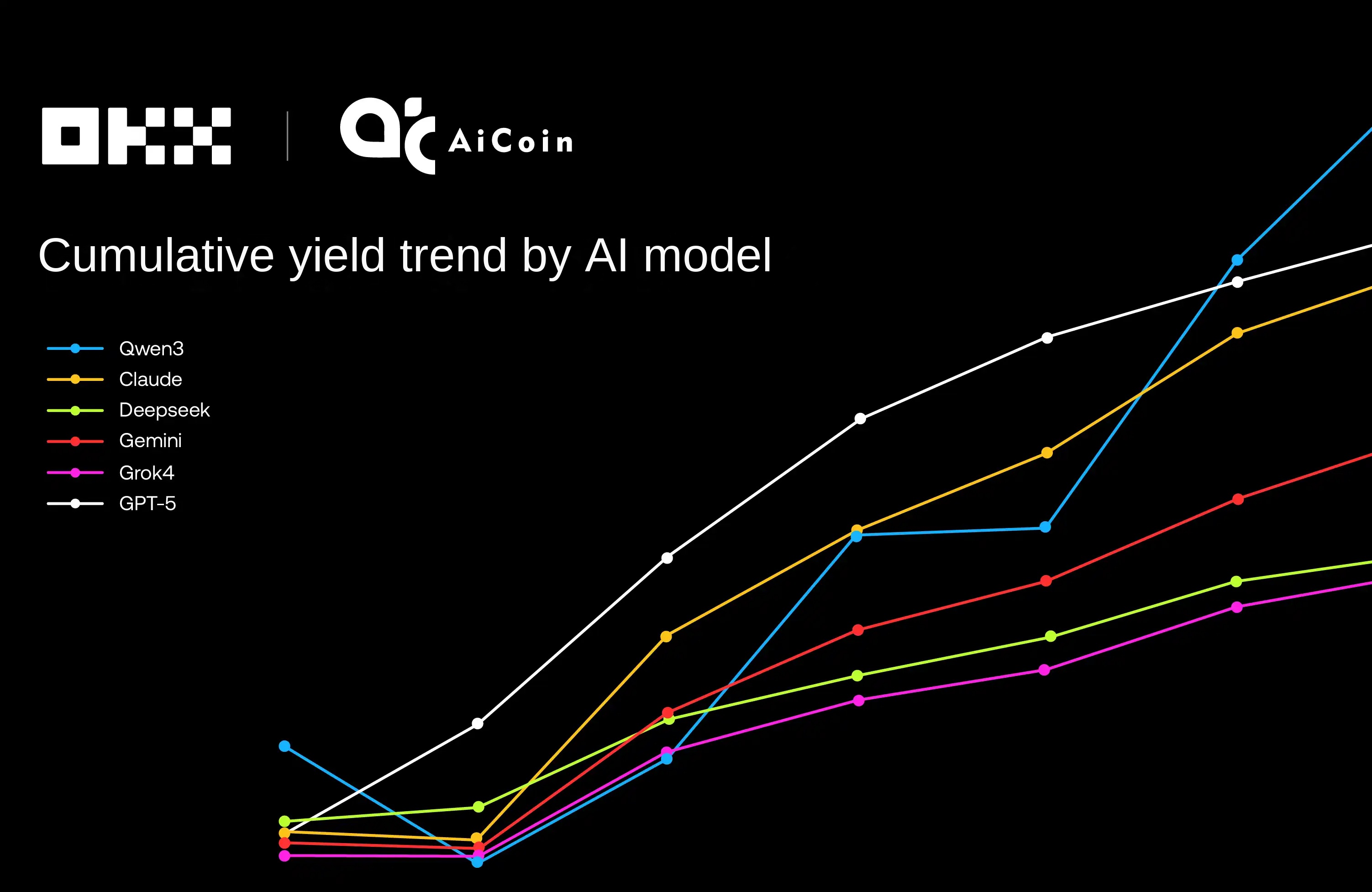Diva Test net is about to open, meet the funding stars of the LSD track
The Ethereum Shanghai upgrade is coming in March this year. After this upgrade, the pledge will be able to withdraw the pledged ETH. Recently, the anticipation of upgrades has also brought a lot of heat to the LSD circuit, with the likes of Lido, RocketPool and new entrant Diva opening its beta network soon.
On January 17, the Diva team announced the completion of a $3.5 million seed round, A& T Capital, Gnosis, Bankless, OKX and a host of other players participated, making Diva the "funding star" of the LSD circuit. What are the highlights of this latecomer to the track? What are the opportunities for us?
Problems and Opportunities with LSD racetracks
As Ethereum moved into PoS mode, ETH became the decisive asset to secure its network. Despite the multiple advantages of PoS, the minimum 32 ETH pledge requirement also creates an excruciating economic cost that prevents many Ethereum users from playing a leading role in securing the Ethereum network. This further leads to Ethereum pledge increasingly centralized pattern.
Current Ethereum pledges operate ina highly centralized manner, with large CEXs like Coinbase and Binance holding the verification keys and complete control over block production, transaction review, and MEV selection. As the amount of money in these pools grows, a single node becomes more powerful and erode Ethereum's decentralized value, while the entire Ethereum network is protected by only about 5,000 beacon chain nodes, most of which are concentrated in jurisdictions with higher regulatory risk.

Obviously, the assumption that most Ethereum users are running their own "32 ETH authentication nodes" is unrealistic. Not only is the cost prohibitive, but the technical skills required have a high barrier to entry. In this case, Liquid Staking would be staking. The liquidity Pledge protocol removes the 32 ETH threshold by converging users' ETH and pledging in a unified manner. At the same time, users can also obtain liquidity pledge certificates (LSD) to receive Ethereum pledge incentives while maintaining their own liquidity. Of course, for crypto players who care about the Ethereum ecology, all of this is old news.
For now, Lido is the absolute leader of the LSD circuit, giving complete control of the keys to verify nodes to a small number of operators (currently about 30) on its white list. RocketPool, the second place in the LSD circuit, maintains the authenticator key with each node operator and issues "16 ETH bonds" to encourage honest behavior of the nodes, making the nodes run more decentralized. However, Lido's excessive monopoly of the LSD track also poses significant risk challenges to Ethereum's decentralization and security. Today, the total value of ETH pledged through Lido is $6 billion, accounting for 30% of all pledges, far surpassing RocketPool. Clearly, there is a need for more decentralized pledge solutions, which provides potential room for nascent agreements like Diva.
Diva, which uses DVT Distributed Validator Technology, has only recently arrived on the radar of market participants. DVT is a premium solution to the current centralization of Ethereum pledge operators. Many see it as the new standard for the Ethereum pledge circuit. Since Lido has not yet deployed the technology, it also provides a great opportunity for new players to leap-forward on the LSD circuit. Read more about DVT atAfter Ethereum merger, DVT distributed verification will become an important key technology").
Although DVT solutions have been available for some time, many pledge protocols have not fully integrated them. As the middleware of liquidity pledge, DVT has no economic mechanism to connect the pledge user and node operator in a trusted and unlicensed manner. Diva provides an economic model that combines benefits, rewards and penalties, and carrier collateral, and is more sophisticated than other agreements.

Meanwhile, the upcoming Ethereum Shanghai upgrade in March will bring more heat to the LSD circuit, which is also a great deployment opportunity for latecomers to the circuit. In January this year, A& T in"A& T Family: Why did we invest in Diva"Reads: "Assuming that the Token price of ETH is $10K in the next bull market and that 50% of ETH is staking, then the Staking market would be greater than $35B per year. For a service platform like Diva, then, we are staking our staking. The space is huge ". It is clear that new LSD projects like Diva must be kept under constant scrutiny.
Diva technology composition
"Diva" means distributed verification. It aims to build the most flexible liquidity pledge protocol and provide more flexible incentives for Ethereum pledge holders and node operators in a more decentralized way. The team believes that creating a distributed peer-to-peer network to run the verification nodes collaboratively is the best alternative to a single node with a minimum pledge of 32 ETH.
Diva's technical components include a decentralized network of nodes, a non-upgradeable smart contract, and a predictor (expected to be discontinued after IP-4788). Similar to most Ethereum liquidity pledge protocols, Diva's pledge has no minimum pledge requirements. After pledging ETH, users will receive Diva's liquidity pledge certificate diveETH, which can be used for reception, harvest and other DeFi applications to obtain additional income.
Diva's node operators form P2P subnets through DVT technology, allowing anyone to create authentication nodes without a license and manage the validator client using a shared key. According to Diva's official documentation, Diva operators will only need 1 ETH to set up and run the verifier's own node, which is much lower than the minimum requirement of 32 ETH for a single Ethereum node.

Distributed node network
Diva's verification nodes mainly run Ethereum execution client, Ethereum Consensus client and Diva client. Diva client is open source and allows nodes to register in Diva smart contracts, synchronize client data, and more. Each Diva validator is a distributed validator consisting of randomly formed subnets operating to promote diversity and decentralization of nodes. Nodes operate in coordination with other nodes by holding different shared keys.
Unlike other LSD solutions, Diva node operators do not have access to the money or private key of the verification node at any time, and signing requires multiple operators to reach an agreement on action by sharing the key. Diva uses DKG Distributed Key Generation technology and MPC Multi-Party Computation, Split the authentication node key into a shared key signed with a BLS threshold (Boneh-Lynn-Shacham). All node actions require the consensus signature of at least two-thirds of the nodes in the subnet committee to reduce the risk of collusion attacks and private key loss, and improve the fault tolerance rate of node failure. Because of this, Diva node operators do not need advanced server management skills and have greater flexibility.
In addition, the node operator must provide a certain ETH as security before being assigned to operate the verifier, so as to ensure that the interests of the operator and the pledged user are consistent. If the operator misses any verification duties, then the deposit will be transferred to the user of the pledge as compensation for their potential losses, while the operator who correctly performs the duties will receive a percentage of the pledge reward. The reward obtained by the operator is the sum of its own pledge income and the income distribution of the pledge users.
Diva Smart contract
The main functions of Diva smart contracts are to pledge and extract ETH, cast divETH and package wdivETH. In addition, operators register shared keys for new validators through smart contracts. The pledged user deposits ETH, and obtains divETH of the interest-bearing voucher at a ratio of 1:1, and applies to the node for ETH withdrawal by virtue of divETH.
divETH is a kind of change base interest-bearing assets, he is the liquidity pledge certificate of the pledge user, 1 diveETH will always be endorsed by 1 ETH, and accumulate the pledge reward over time. As Ethereum blocks and pledged rewards are created, the pledged user's diveETH balance grows to reflect the potential reward value of their pledged ETH. The Diva smart contract automatically updates the divETH balance of the user's wallet every day, and the pledged user is passively rewarded without any obligation to the Diva agreement. After the Ethereum Capella upgrade, which is expected to take place on March 23, users will be able to cancel the pledge at any time and exchange for ETH with divETH.
divETH can also be packaged as wdivETH through Diva smart contracts. wdivETH is a non-base asset designed to facilitate composability between divETH and the broader Ethereum ecosystem. The balance of wdivETH will not change over time and the accumulation of pledge incentives, and its value will appreciate compared to ETH over time and the accumulation of pledge incentives. So wdivETH in the user's wallet will be a static value that changes only when the user makes a transaction. To extract ETH, unpack wdivETH to divETH and then unpack your own ETH.
As a public infrastructure, all of Diva's infrastructure and smart contracts are open source, but the contracts themselves are not upgradeable, aiming to keep the protocols predictable to minimize potential attack risk. If something goes wrong with the smart contract, there are safeguards in place to minimise the potential impact on all parties.
P2P Network & prognosticator
Diva also creates P2P networks between nodes for node discovery, where communication in the network will occur directly between nodes, somewhat avoiding potential delays that affect validation performance and minimizing a single point of failure. Through this peer-to-peer approach, Diva also remains decentralized and censor-resistant. In addition, P2P networks allow DKGS to be executed in a fully decentralized manner, thus protecting the privacy and security of all data transfers.
For now, Diva still needs the help of the Oracle. Because Ethereum's execution layer (which executes blocks, transactions, and smart contracts) and consensus layer (verification and consensus mechanisms) are separated, Diva smart contract does not have direct access to the status of the verification node, and Diva cannot directly check the execution of its verification node without receiving information from the consensus layer. Ethereum's IP-4788 proposal would solve this problem nicely, but until then Diva will still need to use the Oracle Machine.
The heat of Shanghai upgrade is expected
According to the official documentation, Diva will open beta in the near future and gradually release initial versions of Diva, with mainnet expected to be released in the next few months. When Diva main network comes online, it will be launched in two phases. In the first stage, the pledge users will get 100% pledge reward, while the operators need to meet the requirements of higher reliability and security. In the second stage, the user and the carrier will share the pledge reward equally, and the carrier will be able to operate in a fully distrusted manner.
The upcoming Ethereum Shanghai upgrade in March this year, which will allow users to withdraw pledged ETH, will lead to a significant increase in the number of pledged ETH in the following months and provide more room for growth for the LSD Raceway project. Until then, keeping an eye on Diva and continuing to interact with its test network could pay off. At the same time, BlockBeats reminds readers that the protocols in the test network stage often have unpredictable failures, and users should pay attention to relevant risks.
Welcome to join the official BlockBeats community:
Telegram Subscription Group: https://t.me/theblockbeats
Telegram Discussion Group: https://t.me/BlockBeats_App
Official Twitter Account: https://twitter.com/BlockBeatsAsia


 Forum
Forum Finance
Finance
 Specials
Specials
 On-chain Eco
On-chain Eco
 Entry
Entry
 Podcasts
Podcasts
 Activities
Activities
 OPRR
OPRR








